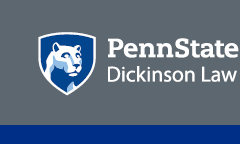Abstract
Technological advancements in the life sciences are continually pressing forward despite frequent and vocal resistance. Examples of such advancements include reproductive technologies, genetics, stem cell research, nanotechnology, and now synthetic biology. In May 2010, the J. Craig Venter Institute, a multidisciplinary scientific organization led by one of the first scientists to sequence the human genome, announced in the journal Science the creation of the first synthetic cell-a manmade, single-celled organism with the ability to self-replicate. While hailed as a monumental step forward for science, the response from opponents was swift: stop the science from going forward, keep the products off the market, and protect society from the inherent and unknown risks.
Recognizing that there are measurable and important differences among advancements in the life sciences in terms of the touchstone risk benefit dichotomy, this article will examine some promising synthetic biology developments in the medical realm in order to assess the application and performance of the Food and Drug Administration (FDA) regulatory framework. It concludes that the FDA is well equipped to assess and implement protections for products that fit into the traditional clinical trial, review and approval, and post-market regime. However, unlike other developments in the life sciences, synthetic biology poses potential environmental problems not previously contemplated by the limited life-cycle inquiry undertaken by the FDA, suggesting that it may be necessary to reassess the regulation of medical products using synthetic biology techniques.
Recommended Citation
Jordan Paradise & Ethan Fitzpatrick,
Synthetic Biology: Does Re-Writing Nature Require Re-Writing Regulation?,
117
Dick. L. Rev.
53
(2012).
Available at:
https://ideas.dickinsonlaw.psu.edu/dlra/vol117/iss1/3


